After ‘The Great War’ ended, the Woodson Mill resumed operations as the Woodson Lumber Company. Although the mill and the VBR were operating again, times were hard, and by 1924 the bandsaw mill had ceased operations. The Leftwich Timber Company carried on until 1944, when it merged with the Tye River Timber Company to become known as Tywich Corporation (Tywich ceased operations in June 1959). The VBR tried to get along during the lean years, but without its raison d’etre…chestnut timber…the railroad struggled to earn revenue by hauling whatever it could that was produced or required by the local population…and this amounted to very little.
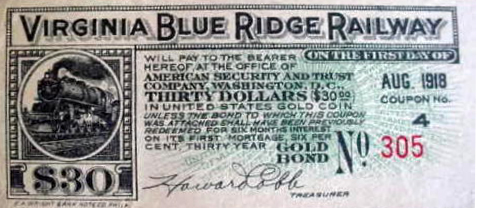
Inbound loads consisted of orchard supplies, fertilizer and feed. Once in a great while a tank car of gasoline was delivered to a consignee. Outbound traffic saw the movement of acid wood that was used to manufacture tannic acid, which was utilized as an ingredient to stain wood and create dyes for cotton. Among a host of many other applications, the acid also inhibits corrosion in metal.
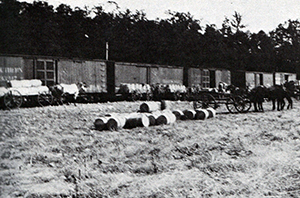
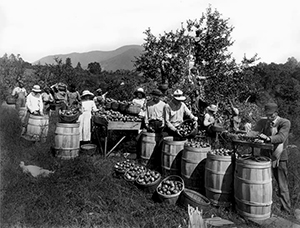
The harvest season brought many outbound carloads of orchard produce. The local orchards in turn required barrels, which were produced in Massies Mill. An apple drying plant was also constructed nearby. Both facilities were served by the VBR.
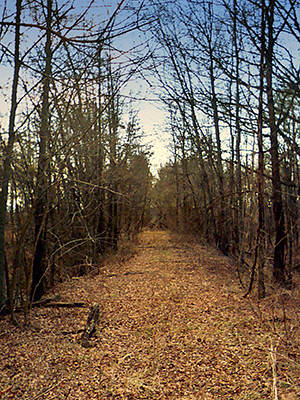
When the Woodson Lumber Company closed in 1924, the branch to that facility was soon ripped up, as there was absolutely no traffic on that section of the line. By 1926 the number of carloadings had declined to a point that trains operated over the VBR only three days a week. Flooding of the Nelson County area was a constant, and the railroad found itself the victim of track damage and washouts many times over the course of its lifetime.
The Great Depression that began in 1929 hit the VBR particularly hard. A major flood that same year destroyed miles of track and several bridges were washed away. For a time, it seemed as if the VBR would soon fade into history. Through the awarding of a $106,000 Federal loan to finance the repairs, the VBR managed to stay afloat.

The passenger service that was started in 1916 with one combination baggage / passenger car (that was segregated by race), ended in 1936. Though used frequently by mill workers and folks heading for further destinations via the Southern Railway connection, the time came when there were no longer enough fares to justify the continuation of service.
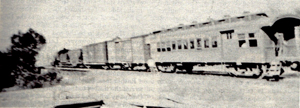
For a while the VBR hauled a small amount of pulpwood and farm products, but the arrival of paved highways to the area brought about a quick end to this traffic.